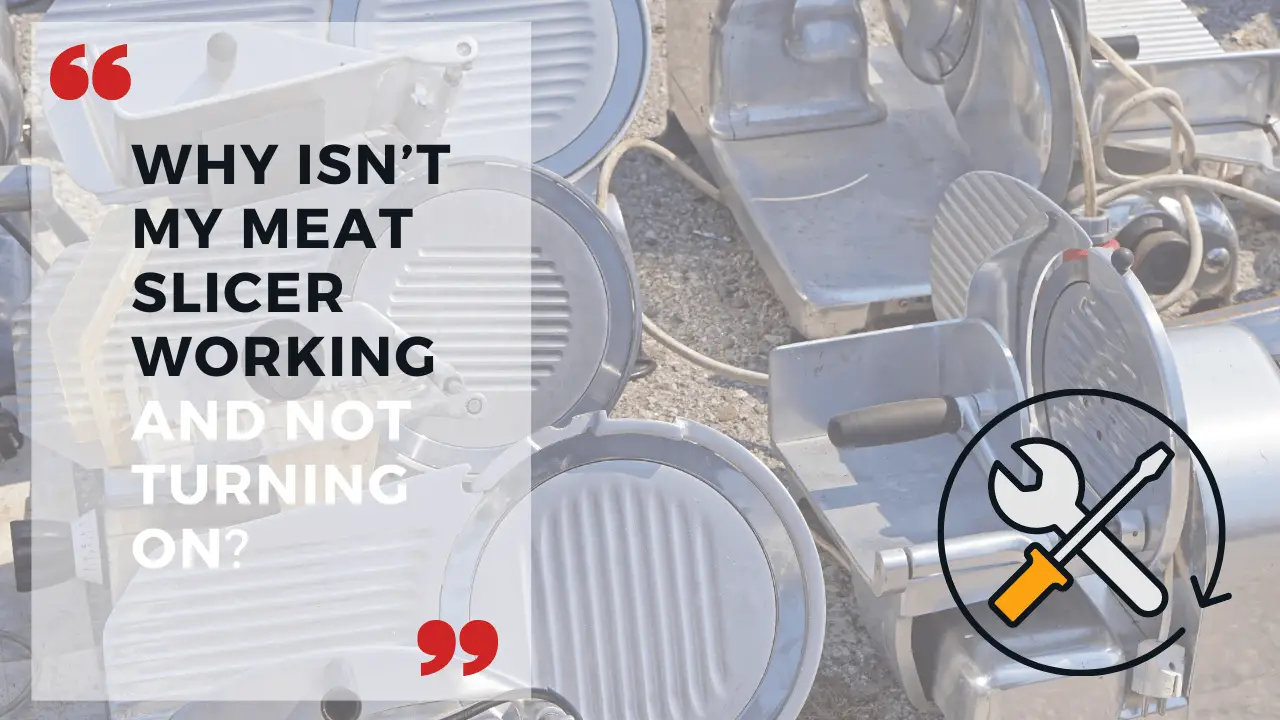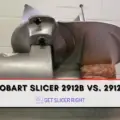Slicing meat is an essential skill for any home cook or professional chef, but it can be tricky if you don’t know the proper techniques. However, it’s easy to fall into pitfalls that can compromise the quality of your cuts, waste meat, or even risk injury. Common mistakes range from incorrect handling of the meat and the knife to inadequate preparation and cleaning practices. By being aware of these potential errors and understanding how to avoid them, you can significantly improve your meat-slicing skills and ensure a safer, more efficient process.
The Importance Of Proper Meat Slicing
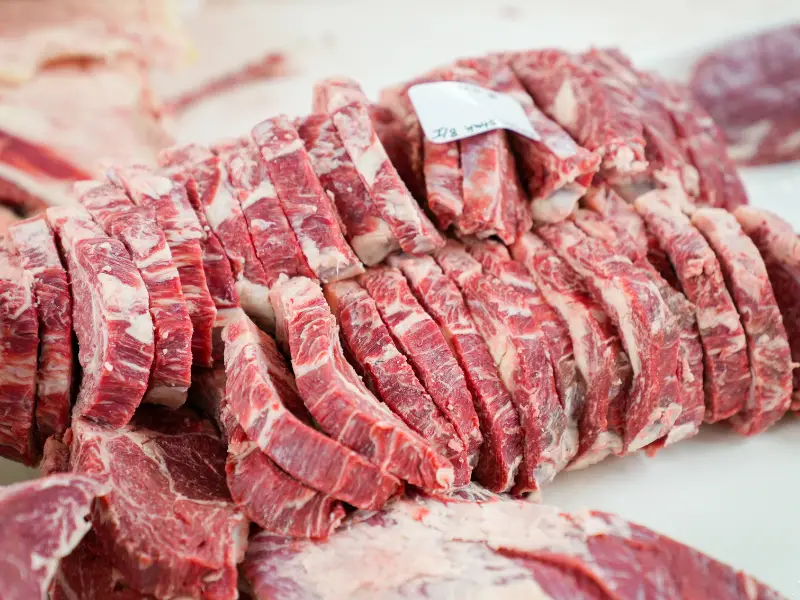
Proper meat slicing enhances the presentation of your dishes and impacts the meat’s flavor and texture. Avoiding common mistakes and employing the correct techniques ensures that your meat remains tender, juicy, and delicious.
Common Mistakes To Avoid When Slicing Meat
Ensuring that all cuts of meat are evenly sliced is an important part of the process. Inconsistent thickness can negatively affect the dish’s texture, taste, and overall appearance. Here are some common mistakes to avoid when slicing meat:
- Using a Dull Knife: A dull knife can cause tearing and an uneven cut, resulting in an unappealing final product. To avoid this mistake, always use a sharp knife when slicing meat.

Sharp Knife VS Dull Knife - Cutting Against the Grain: Cutting against the grain can result in tough, chewy meat that is difficult to enjoy. This is because it disrupts the muscle fibers, causing the meat to lose its tenderness.
- Not sharpening your knife before slicing: A dull or blunt knife will not only make it difficult to cut through the meat but can also tear, crush or mash the flesh. Make sure to sharpen your blade regularly and before each time you slice.
- Trying to slice too much at once: If your meat is too large when attempting to cut it up, it may slip or move around as you are cutting. To avoid this, ensure that your cuts are manageable before slicing.
- Over-compensating with pressure: Forcing the knife through the meat can lead to uneven slices or tears in the flesh. Instead, use an even amount of pressure when slicing, and be patient as you work your way through.
- Improperly storing your meat: Storing your meat in an improper environment can decrease quality and taste. When prepping your meat for slicing, ensure it has been properly stored in the right conditions. This can help ensure you get the best results when slicing.
- Not using a cutting board: Cutting directly on the countertop can dull knives, spread bacteria, and cause cross-contamination. Invest in a high-quality cutting board designated for meat to ensure your knife stays sharp and your food stays safe.
- Cutting too thickly or thinly: Cutting the meat into pieces of the same thickness is important to ensure even cooking. You’ll have unevenly cooked and tough pieces if you cut too thickly. But if you cut it too thinly, you may overcook some parts of your meat due to its small size.
- Not letting the meat rest: After cooking it, let it sit and rest for a few minutes before slicing it. This allows the juices to redistribute throughout the meat and prevents them from running out when cut into. If you don’t take this step, your dish can turn out dry and bland.
- Not deforesting the frozen meat properly: Frozen meat is hard and difficult to slice, but it’s even more challenging if you don’t defrost it correctly first. To defrost the meat properly, place it in a sealed container or plastic bag and submerge it in cold water for about 30 minutes. Alternatively, you can let the frozen meat thaw overnight in your refrigerator. If you thaw the meat in a microwave, check it every 30 seconds to ensure it doesn’t start cooking unevenly.
Avoiding these common mistakes when slicing meat can help you achieve consistency and even cuts each time. Taking the time to practice proper technique can ensure that your dishes are of the highest quality and taste.
FAQs
What type of knife should I use for slicing meat?
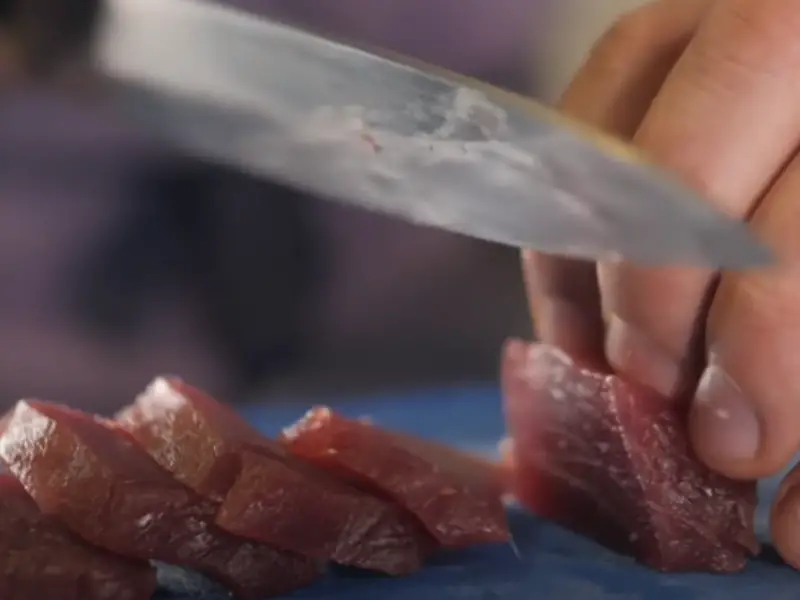
A sharp, non-serrated knife is the best option for slicing meat. Serrated knives can tear through the meat’s fibers, resulting in an unappetizing texture.
How do I know which direction to cut?
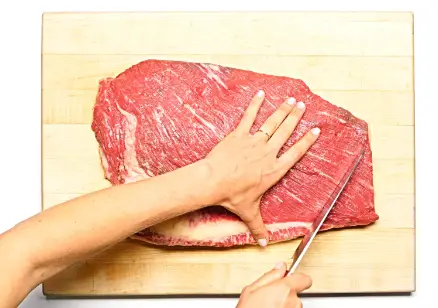
You should always cut against the meat’s grain, meaning that you should slice along the lines of muscle fibers. Cutting with the grain can result in tough, chewy pieces of meat.
What is the best way to apply pressure when slicing?
You should use a gentle sawing motion while applying even and light pressure as you slice. Too much pressure can cause the pieces to be unevenly cut and difficult to work with.
How do I store leftover meat?
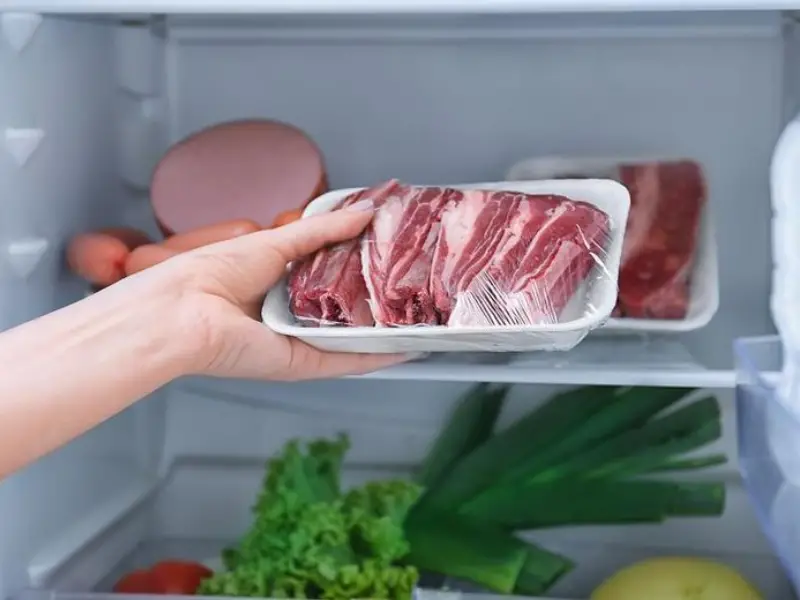
Any leftover meat should be stored in an airtight container or plastic bag and kept in the refrigerator for up to three days. If you plan on storing it for longer than that, it’s best to freeze it.
What are some other tips for slicing meat?
- You should always ensure your knife and cutting board are clean before slicing.
- Use a damp kitchen towel or protective glove to help keep the meat from slipping while you work.
- When finished with your task, thoroughly wash your utensils and countertops with hot soapy water.
Conclusion

Slicing meat is a skill like any other and requires practice. Taking your time to master the technique, using the right tools, and avoiding some common mistakes will help you ensure that even novice cooks can turn out delicious meals every time. Once you have perfected your slicing skills, you can enjoy beautiful pieces of meat at every meal.

Mario Batali is a renowned author, food enthusiast, and passionate chef who has dedicated his life to exploring the world of culinary arts. With a love for sharing his knowledge and experiences, Mario has become a prominent figure in the food blogging community, inspiring countless readers with his creativity and expertise.
In addition to his culinary prowess, Mario Batali is also a talented writer with a flair for engaging storytelling. He launched his own food blog to share his recipes, cooking tips, and personal experiences in the kitchen. Over time, Mario’s blog gained a loyal following of food enthusiasts who appreciate his unique approach to cooking and his dedication to using only the finest ingredients.
Mario Batali’s passion for food and his commitment to sharing his knowledge with others have made him a true inspiration in the world of culinary arts. Through his blog, cookbooks, and public appearances, Mario continues to spread his love of food and the joy of cooking with his ever-growing fanbase.


